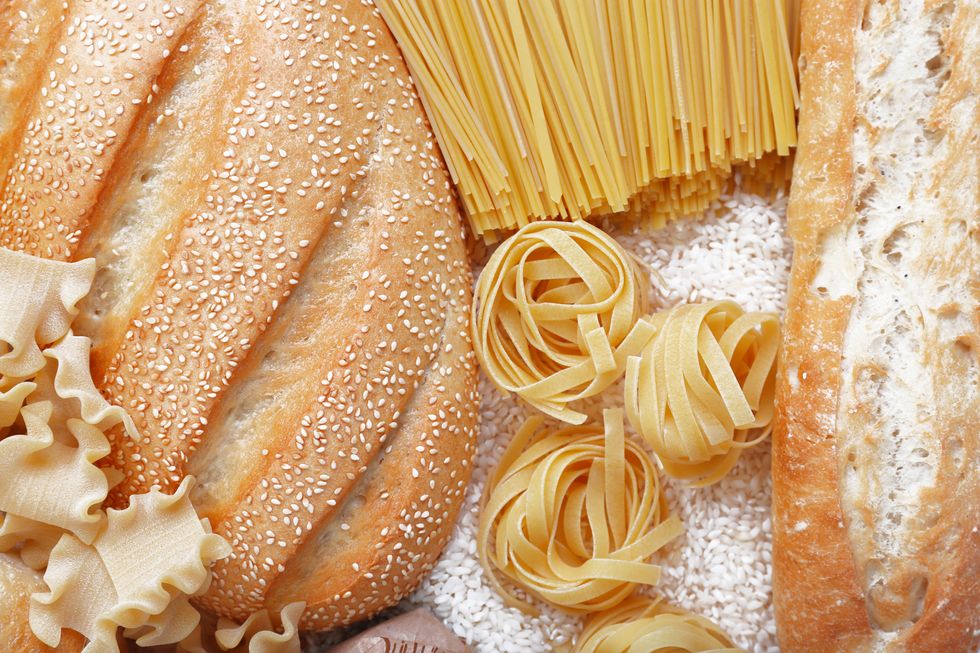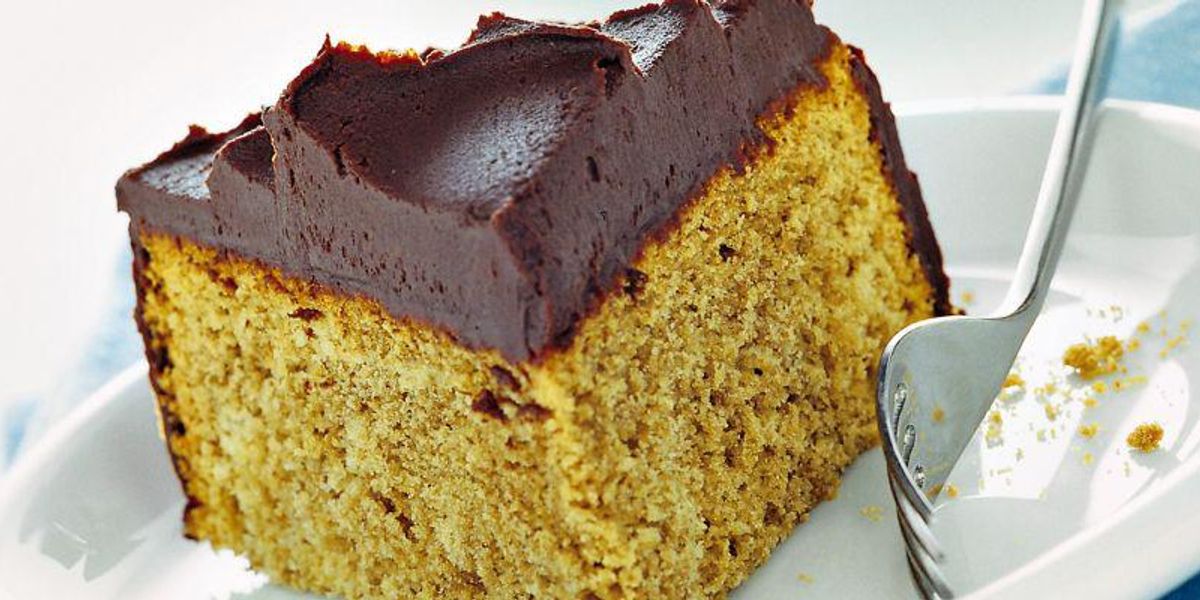
Pasta, bread and rice can become real food-medicine for our body, as long as we treat them in the right way. Interview with Rosita Emma Carli, expert in natural medicine and nutrition.
Rice? Buy the parboiled. The pasta? Cook it first. The bread? Keep it in the fridge for two days. Thus the sugars are cut and the prebiotics are raised. Rosita Emma Carli , expert in natural medicine and nutrition, graduated in Dental Hygiene, explains what resistant starch is, found in carbohydrates such as rice, pasta and bread, with practical advice to take advantage of it every day. An aspect of nutraceuticals (a neologism that combines the words "nutrition" and "pharmaceutical"), treated by Carli in the last of her 10 theses (the 78-year-old doctor is currently preparing the eleventh ...).
Dr. Carli, at the conference on nutrition recently organized in Genoa by the Academy of Benesserology, you said that with a few simple tricks you can reverse the proportions between the carbohydrate that turns into sugar and the carbohydrate that becomes prebiotic, do I understand correctly?
That's right, I talked about "prebiotics", not probiotics. Prebiotics are the substances used by the good bacteria in our gut. By introducing resistant starch (in English “Resistant Starch", RS) into our organism we will have a perfect and abundant prebiotic able to create a 'fatty and well fertilized' soil where probiotics can grow healthy and strong.
Before talking about resistant starch, let's make a small introduction about starch in general: it is the preponderant part of the complex carbohydrate, what are its pros and cons?
The problem is that with today's pasta, bread and rice, it's no longer complex, but simple - pure sugar: eating white bread and pasta is like eating spoonfuls of white sugar. Flours are now very poor, few fibers and few nutrients for our intestinal bacteria, probiotics empty of real nutrients. All studies indicate that a high glycemic index - a consequence of the ingestion of simple sugars in large quantities - damages arteries, brain, all vessels and cells: we are fighting against the peaks of the glycemic index.
We come to resistant starch. If I understand correctly, the cooling of starchy foods allows a reorganization of the starch molecules contained in them and consequently resistant starch granules are formed . C hat is therefore right and what is it?
It is the fraction of starch that resists dispersion in boiling water. The cooking + cooling heat treatment blocks the possibility for our stomach to absorb this sugar, the resistant starch passes into the intestine and the bacteria fed by it produce butyrate, a very important substance that is able to repair the intestinal mucosa. In practice, resistant starch acts as a soluble fiber, such as those of vegetables, which however we should eat in industrial quantities to achieve the same effect.
So what should we do in practice?
The home heat treatment of starches is very simple and convenient: just cook the rice or pasta in a pressure cooker, drain them (slightly al dente), rinse them quickly under cold water and place them in the refrigerator while still warm (perhaps in the colander itself. , which is practical and lets the air pass well). You have to leave them in the fridge (minimum) 24 hours.
But doesn't the pasta lose its taste?
With pasta you lose a little in taste ... of course, every now and then, when we know that we are going for a jog or to the gym, we can treat ourselves to a nice plate of freshly drained spaghetti, but in general we use this system which is convenient and above all we must think that it is the food that nourishes us, it is medicine. Short pasta is better, but long pasta is fine too: then we toss it in a pan with the sauce and give it the taste we want. Of course, because before consuming them we can reheat them! This procedure applies to all grains: barley, spelled, millet, etc. Whole or white they are.
And for rice, why parboiled?
Because thanks to the heat treatment it receives at an industrial level, it preserves the vitamin and mineral complex.
By the way, isn't the pressure cooker harmful from this point of view?
It can be for vegetables, but for cereals we can use it safely, it is convenient because it speeds up cooking times.
And what about the bread?
It should be kept for a minimum of 24 hours in the fridge, because it has a small reduction from the starting room temperature. If it is good bread, it will not suffer.
With stale bread and heat treatment of starches to obtain resistant starch, doesn't indigestibility increase dangerously?
No, on the contrary! Increases digestibility.
And in this way only 20% of our bread, pasta or rice becomes sugar, compared to 100% of normal. The rest goes to feed these bacteria, which are our health.







